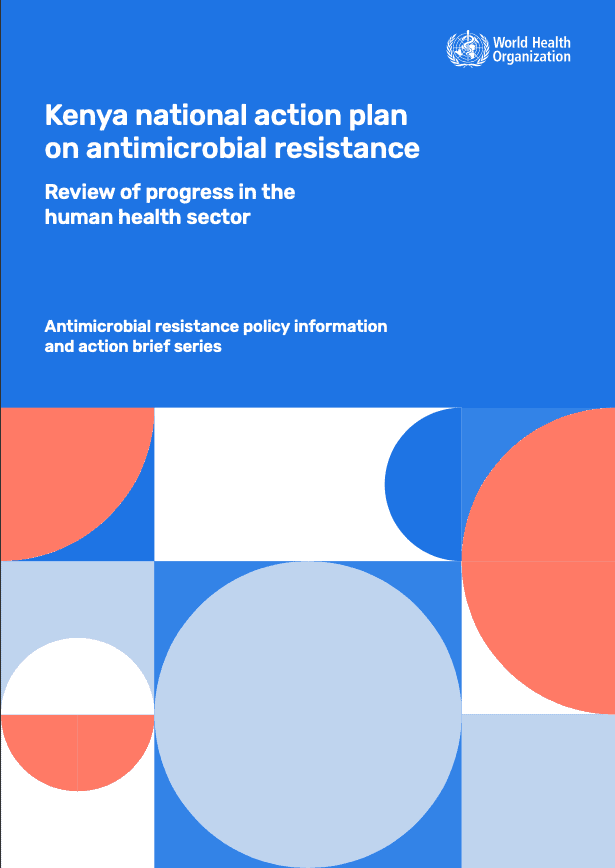November 17, 2022

The Kenya National Action Plan on Prevention and Containment of Antimicrobial Resistance (NAP on AMR) was published by the Kenyan government in 2017. Based on earlier situational studies of the burden and management of AMR in the nation, the strategy, which covered the years 2017–2022, was developed. The NAP is in line with the WHO’s Global action plan on antimicrobial resistance (GAP on AMR). It details stakeholders’ roles and duties and describes multisectoral and One Health policies and initiatives for implementation. The National Antimicrobial Stewardship Interagency Committee (NASIC) is operational and holds regular meetings, and eight of the country’s 47 counties have established County Antimicrobial Stewardship Interagency Committees (CASICs).
Kenya has laid a solid foundation for combating AMR, but now it needs to scale up and support initiatives to have a long-lasting effect. Through a monitoring and evaluation (M&E) system, progress is actively tracked. The construction of a nationwide surveillance network for AMR in human health has been a key development for the national AMR strategy. To hasten this development and lessen the significant reliance on foreign donor support, which is not long-term sustainable, more money and human resources are required. Based on an assessment of existing developments, work is already underway to build the NAP’s subsequent iteration.
This policy brief from the One Health Trust and WHO assesses the present state of Kenya’s national action plan on AMR implementation, identifies important gaps, and highlights findings to speed up future progress in the human health sector.
Find the brief here.

